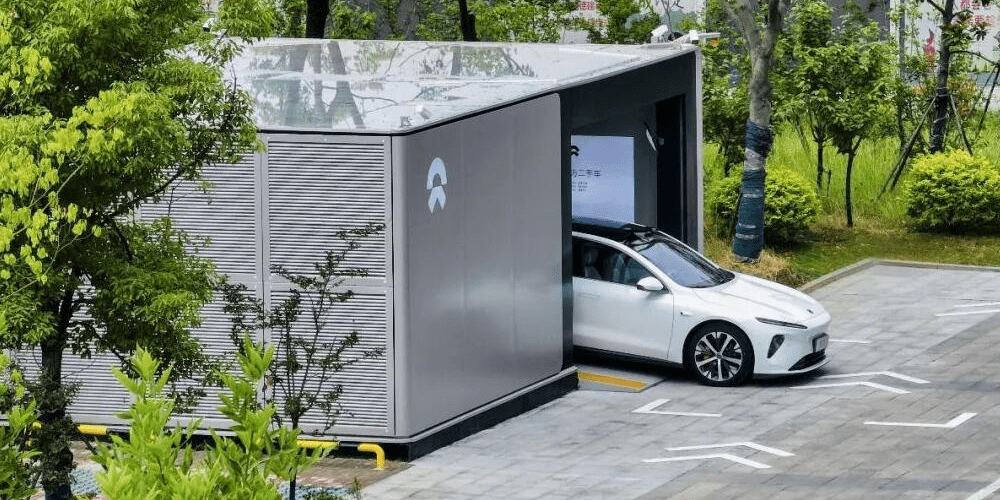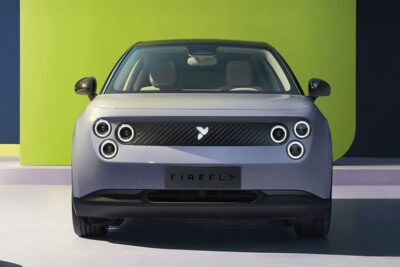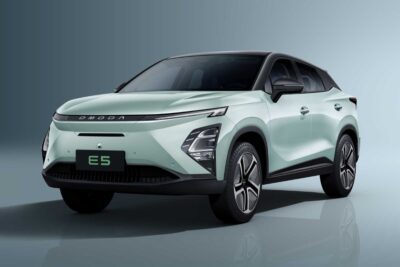Nio’s battery swapping stations support China’s grid
Chinese electric car manufacturer Nio has begun testing battery swap stations that can feed power back into the grid. This comes against the backdrop of the current heat wave in China, which has already led to a number of power outages.
As Nio explains in a post on Weibo, the company’s battery swap stations are able to feed energy back into the grid at short notice when needed, serving as a “virtual small power plant”. Nio Power told Chinese media it will “do everything in its power to help the grid operate more safely and stably.”
In just five days, 15 exchange stations in Hefei are said to have fed a total of 8 MWh of energy into the grid, equivalent to the energy needs of around 3,000 households. There was no mention of whether and how energy backfeed affected charging or battery availability at the exchange station.
This apparently concerns the third generation of stations that the Chinese carmaker announced in July. These are supposed to offer even greater capacity and a more flexible layout. Nio says it will present the new generation of battery swapping stations in detail towards the end of the year or at the beginning of next year.
In Europe, the UK and the USA, vehicle to grid (V2G) solutions are getting increasing focus, whereby even some fast charging stations with stationary energy storage are using bidirectional charging to feed energy back into the grid. Nio is the first carmaker to fully utilise battery swapping stations for electric cars, which has so far been very successful in China. Nio is planning to expand battery swapping stations for electric cars and vans after putting the first two into operation in Europe this year.
Currently, the battery swap stations that Nio has in operation can store up to 13 batteries. The company says that measurements show that each station has 600-700 kWh of energy storage capacity at any given time.
weibo.com (in Chinese), cnevpost.com





0 Comments